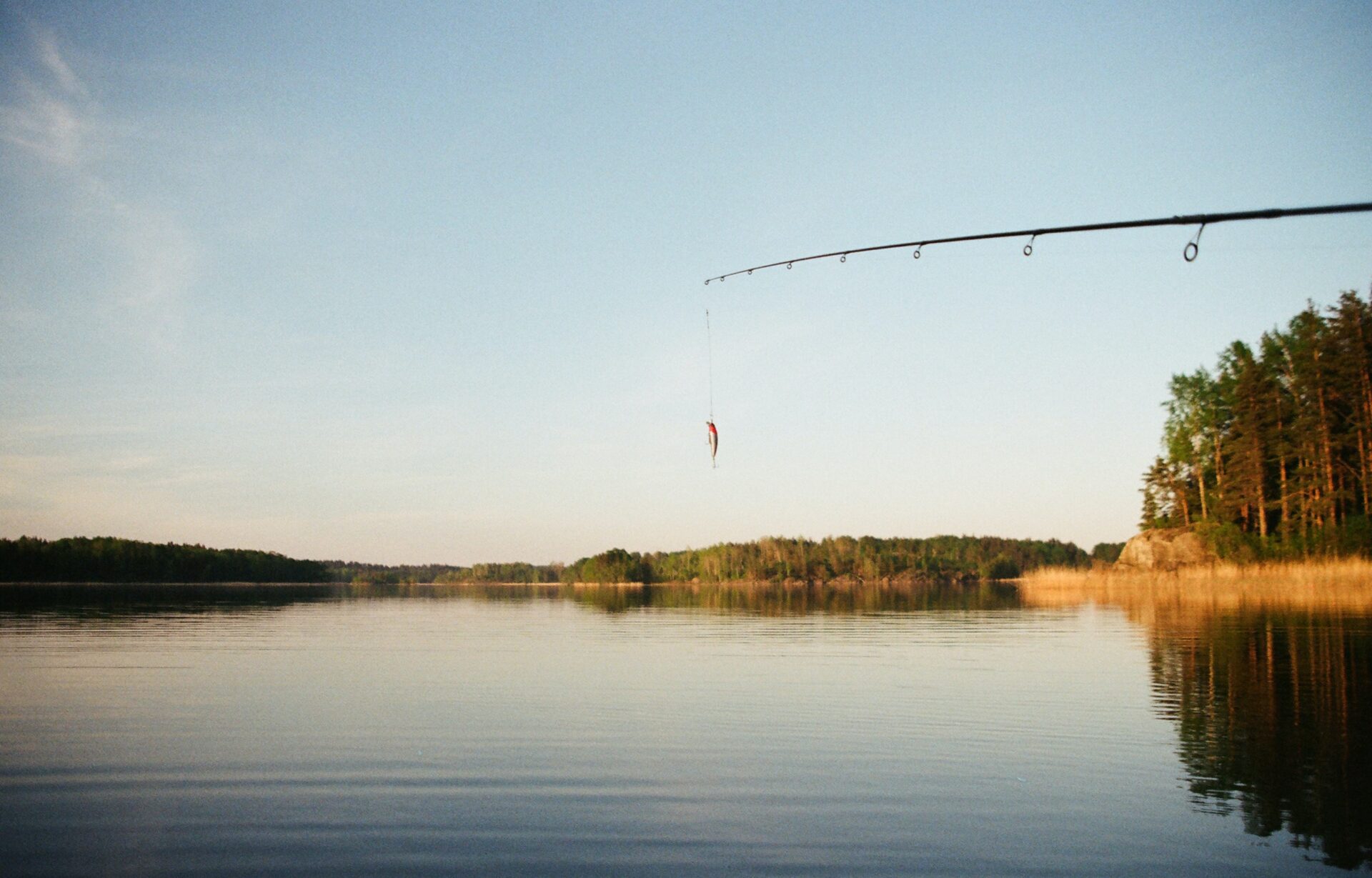Tournament bass anglers bring thousands of fish to the scales alive. They are released alive at the launch site.
It’s called stockpiling. Tournament release fish pile up at launch sites. More than 70% of the country’s fisheries managers are concerned with this catch and release side effect. Relocating fish and fish handling stress are major concerns. Tagging studies monitor rates of dispersal from release points to capture areas. Return is dependent on how far away they were released. Also, higher stress limits return. When displaced more than 20 miles, return is more unlikely.
To address and curtail stockpiling, the Maryland Department of Natural Resources Black Bass Advisory Committee encourages several Best Management Practices. Reducing numbers of fish released at sites can be accomplished with a redistributing plan, including moving fish by boat, truck, or long chutes. Working as a partner with tournament organizers, MD DNR will redistribute fish when requested. If considered biologically necessary and if organizations offset expenses and provide volunteers, arrangements for release trucks can be prepared.
Creating fishing off-limits areas at release sites gives fish an opportunity to recover and disperse. By using multiple launch sites, fewer fish will be centralized, redistributing fish in other areas of the fishery. By lowering creel limits, fewer fish will be stockpiled. A “fishable slot”, reducing the number of larger fish brought to weigh-in, protects this population. Restricting the distance from the launch site enables likely return to capture areas. New no-possession tournament formats eliminate stockpiling altogether.
Tournament anglers believe stocking will address their concerns. MD DNR has been stocking fisheries, including the Potomac, for decades. Hundreds of thousands of bass, three inches and smaller, are stocked yearly. The expense and time it takes to produce bigger bass prohibits stocking of larger mature fish.
Capt. Scott Sewell’s been Conservation Director for MD Bass Nation since 2001. “I didn’t see what MD DNR was doing as having any effect. I wanted to do something in the right areas to make an impact.”
Sewell noted Maryland stocking efforts were not much more than food for perch, bluegill, crappie, and catfish, and not doing much to enhance fishing. He concluded larger 12” fish, that would spawn to repopulate specific areas, needed to be stocked. These repopulators would be released in areas with necessary conditions for survival and spawning. Sewell says larger fish are big enough to consume and contain Northern Snakehead fry. But larger fish aren’t cheap, costing $21 each. Sewell proved to be a good fundraiser, presenting his case to businesses and fishing clubs. Marine Trades Association of Baltimore County is the top contributor, showing their dedication to helping the fishery.
Sewell credits MD Freshwater Fisheries Manager, Dr. Joe Love for providing guidance for this stocking program that has spent over $20,000 since 2021. Sewell thanks the fishing community, supporting stockings with ample volunteer help.
Sewell says 302 fish were introduced into the waterways in 2022, producing results. Fishing has improved and tournament winners have turned neglected fishing holes into perennial hot spots.
Author Capt. Steve Chaconas is Potomac bass fishing guide & freelance writer. Potomac River reports: nationalbass.com. YouTube video channel NationalBassGuide



